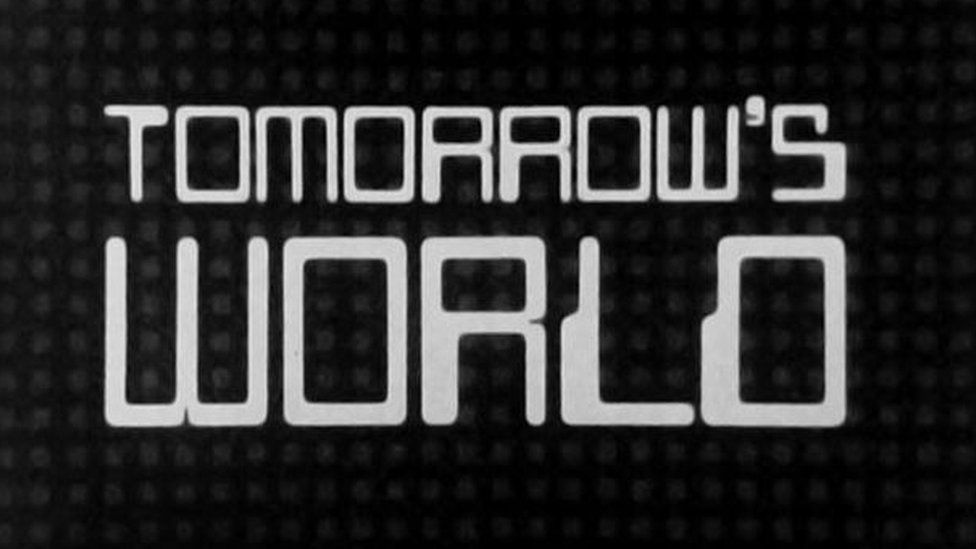 Many thanks to SWLing Post contributor, Dennis Dura, for sharing the following video:
Many thanks to SWLing Post contributor, Dennis Dura, for sharing the following video:
The SWLing Post
Shortwave listening and everything radio including reviews, broadcasting, ham radio, field operation, DXing, maker kits, travel, emergency gear, events, and more

Hi,
Chris Nabavi here – the man in that 1969 Tomorrow’s World program operating VOTEM. I was horrified for two reasons when I arrived at the BBC studio to learn that the program would go out live – firstly my knowledge of Morse Code was not perfect and secondly, the machine was somewhat temperamental and I was concerned that the heat from the studio lights would cause it to malfunction.
In the event, everything worked as hoped, though as you may have noticed, one of my commands was ignored and I had to repeat it. By modern standards, VOTEM was really crude, but it was the first ever reasonably reliable voice operated machine. (I was not the original inventor, but I designed and built it.)
Great story timing. I’ve just recently starting rehoning my CW copy skills courtesy of the ARRL Morse code practice files: http://www.arrl.org/code-practice-files
My near-term goal is to get back to 90% error free copy at 22 WPM. We’ll see how it goes from there. I want to be in good shape for the next Field Day. There was a time 30+ years ago, where I was 95% copy at 25 WPM (~30 WPM for short message contests).
Also wanted to say that I can finally hear through the apartment noise, albeit weak copy, thanks to YouLoop Magnetic Portable Antenna.
Cheers and 73s,
W4EGJ
This is so cool and amazing it was circa. 1969, easier to get something like the VOTEM to recognise short and long pulses across a time frame using a lookup table than letters from different voices and looks way ahead of its time on that video. Although the monosyllabic tone which they are speaking shows how primitive it was compared to now, although find myself doing this when using my car AI.
Thanks to Dennis for giving Thomas the heads up about this.
Now to get everyone off FT8 and back onto CW, including myself 🙂
I have a Morse code controlled computer. It’s my Morse code memory keyer.